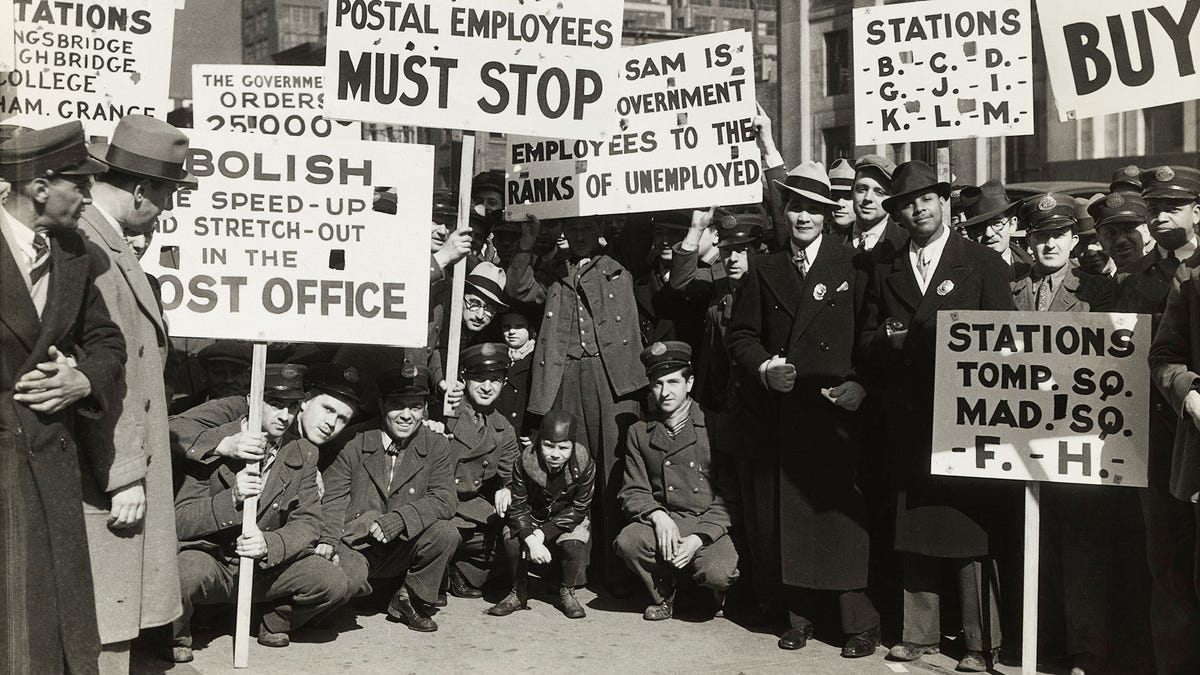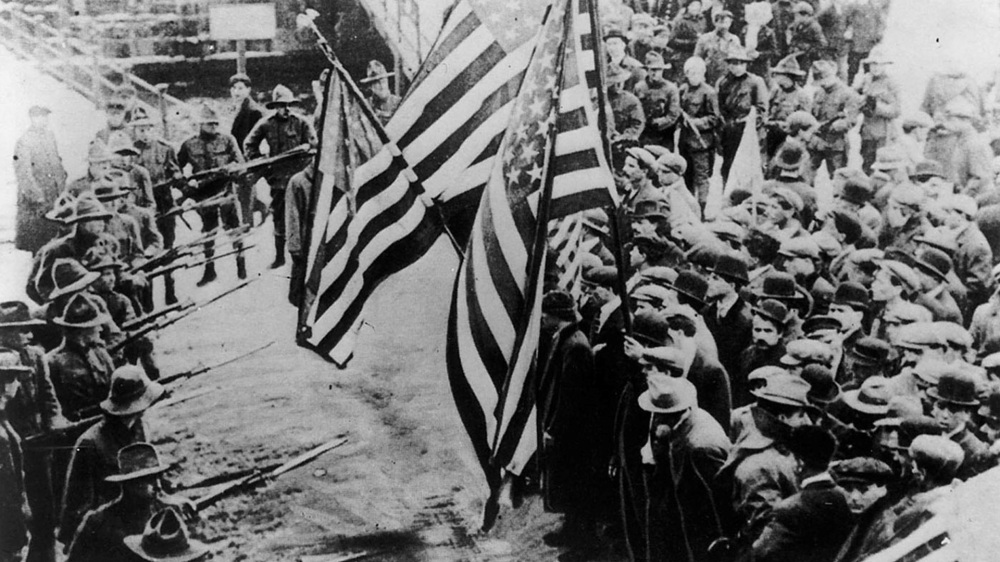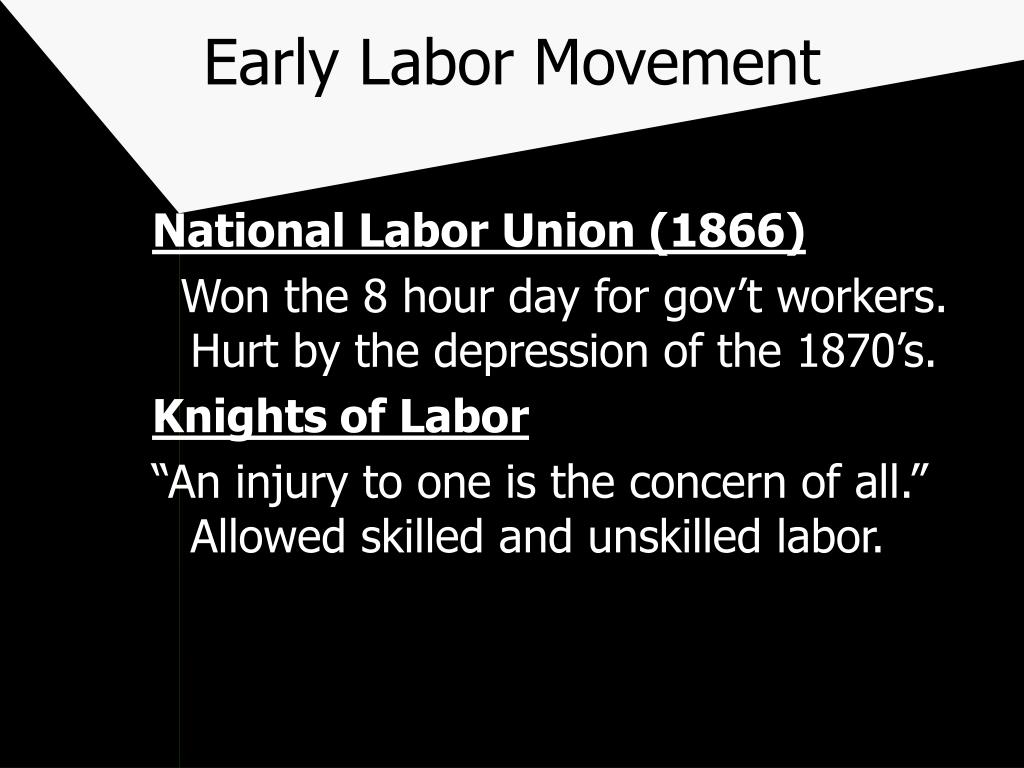Identify The Statements That Describe The Early Labor Movement.

The echoes of clanging machinery and the stifled cries of exploited workers resonate even today. The early labor movement, a struggle for dignity and survival in the face of rampant industrialization, laid the foundation for the worker protections we often take for granted.
Understanding the core tenets of this pivotal era – what it sought, how it operated, and who it impacted – is crucial for grasping the present landscape of labor relations.
This article delves into the key statements that define the early labor movement, examining its goals, strategies, and the diverse perspectives that shaped its tumultuous journey.
The Genesis of Organized Resistance
The early labor movement emerged as a direct response to the harsh realities of the Industrial Revolution. Unsafe working conditions, long hours, and meager wages were rampant.
The prevailing laissez-faire economic philosophy offered little protection to workers, leaving them vulnerable to exploitation by powerful industrialists. Early labor activism was fueled by desperation and a yearning for basic human dignity.
Core Demands and Objectives
Several statements consistently characterized the demands of the early labor movement. The fight for an eight-hour workday was a central tenet, reflecting a desire for a better work-life balance and reduced physical strain.
Organizations like the Knights of Labor advocated for this reduction in working hours, believing it would improve workers' lives and create more employment opportunities.
Another critical objective was the improvement of workplace safety. Accidents were commonplace in factories and mines, leading to injury and death.
Labor organizations demanded stricter safety regulations and compensation for injured workers, challenging the prevailing view that workers bore sole responsibility for workplace accidents.
The pursuit of higher wages was also a constant theme. Workers struggled to earn enough to support their families, especially in urban areas where the cost of living was high.
Strikes and collective bargaining were employed to pressure employers to increase wages, although these tactics often met with resistance and violence.
The Rise of Unions and Collective Action
A defining characteristic of the early labor movement was the formation of labor unions. These organizations provided a platform for workers to collectively bargain with employers.
Unions like the American Federation of Labor (AFL), founded by Samuel Gompers, focused on practical goals such as higher wages, shorter hours, and improved working conditions, using strikes and other forms of collective action to achieve their aims.
The concept of collective bargaining was revolutionary at the time. It challenged the individualistic nature of the employer-employee relationship.
By uniting, workers gained the power to negotiate on more equal footing, a power that was previously nonexistent. The use of strikes, boycotts, and picketing were common tactics.
Challenges and Repression
The early labor movement faced significant challenges. Employers often used strikebreakers (scabs) to replace striking workers, weakening union efforts.
Government intervention often sided with employers, using police and military force to suppress strikes and protests, as seen in events like the Haymarket Affair and the Pullman Strike.
Internal divisions within the labor movement also hindered its progress. Different ideologies and approaches to organizing caused friction between various labor groups.
The Knights of Labor, for example, advocated for a broader range of reforms than the AFL, including the abolition of child labor and the creation of a cooperative economy. These internal disagreements made it difficult to present a unified front.
The Influence of Socialism and Anarchism
Socialist and anarchist ideologies played a significant role in shaping the early labor movement. Some labor leaders embraced socialist principles, advocating for government ownership of industries and a more equitable distribution of wealth.
Figures like Eugene V. Debs, a prominent socialist leader, argued that capitalism was inherently exploitative and that only socialism could truly protect workers' rights.
Anarchist ideas, emphasizing individual liberty and the abolition of the state, also influenced some segments of the labor movement. However, the association with violence and radicalism often tarnished the image of the movement.
Diverse Voices Within the Movement
The early labor movement was not a monolithic entity. Different groups of workers had distinct experiences and perspectives.
Immigrant workers, often facing discrimination and low wages, were a significant force in the movement. Their struggles highlighted the intersection of labor rights and immigrant rights.
Women played a crucial role, advocating for equal pay and better working conditions in industries like textiles and garment manufacturing. Organizations like the Women's Trade Union League fought for these rights.
African American workers faced unique challenges, often excluded from white-dominated unions and relegated to the lowest-paying jobs. Some black workers formed their own unions to fight for equal opportunity and fair treatment.
The perspectives of these diverse groups enriched the labor movement, but also created internal tensions that needed to be navigated.
Legacy and Future Implications
The early labor movement, despite its setbacks and challenges, laid the groundwork for many of the labor protections that exist today.
The fight for the eight-hour workday, improved safety standards, and the right to collective bargaining were hard-won victories that continue to shape the workplace. The struggles of these early activists inspired subsequent generations of labor leaders and activists.
The legacy of the early labor movement also serves as a reminder of the importance of solidarity and collective action. As the nature of work continues to evolve in the 21st century, the lessons learned from this pivotal era remain relevant.
The fight for fair wages, safe working conditions, and workers' rights is ongoing, and understanding the history of the labor movement provides valuable insights for addressing the challenges of the modern workplace. The push for unionization continues, adapting to new industries and workforce demographics.








+Carnegie+and+Henry+C.+Frick+decided+to+break+a+union+and+lockout+workers+from+Homestead+Steelworks..jpg)









